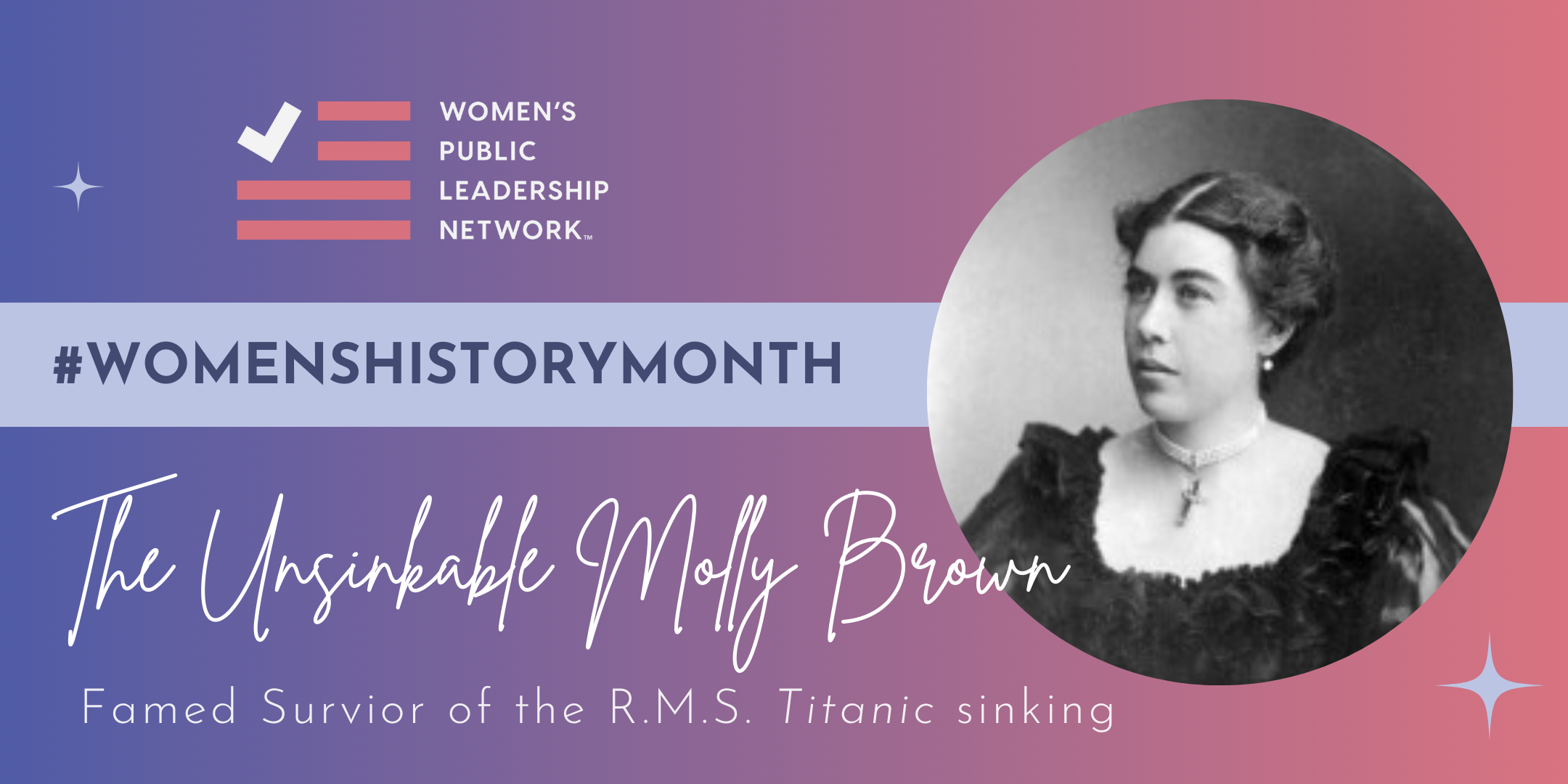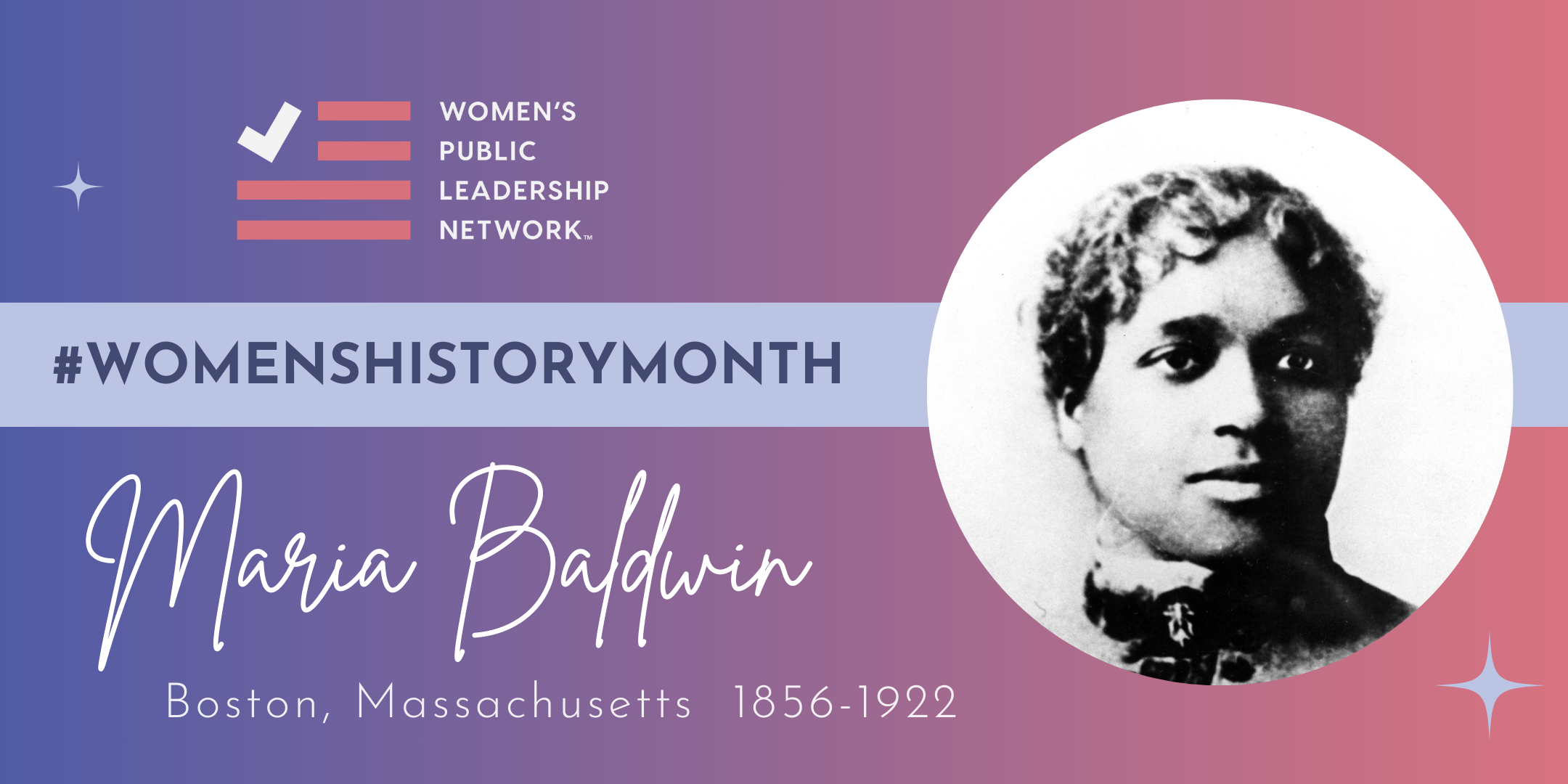#WomensHistoryMonth: The Unsinkable Molly Brown
Margaret “Molly” Brown is best known for her survival of the R.M.S. Titanic sinking and her courageous actions during the disaster, when she assisted the evacuation of many women and children and urged her lifeboat to return to help those still in the water. Prior to and following the sinking, Margaret Brown also served as a philanthropist, suffragette, WWI volunteer, and human rights activist, eventually earning the French Legion of Honour and induction into the Colorado Women’s Hall of Fame.
Brown moved to Colorado at the age of 18 and married J.J. Brown, a mining engineer. Even as a young woman, Margaret had a passion for volunteerism and helping those in need. In the late 1880s, she helped establish soup kitchens for mine workers and their families. She also quickly became involved in the budding women's suffrage movement, advocating for women’s right to vote in the Western United States.
In 1893, J.J. Brown’s engineering proved influential in new mining practices, making the Browns extremely wealthy. However, Margaret did not give up on her passions despite her newfound socialite status. Once the Browns moved to Denver, she helped establish the Denver Woman’s Club, a branch of a national organization that sought to improve women's and children’s lives through education. She also worked with Judge Ben Lindsey to establish one of the nation’s first juvenile courts.
Both during and after the sinking of the Titanic, Brown continued to showcase her leadership skills, saving an unknown number of lives and becoming the Head of the “Survivor's Committee,” which sought to assist second and third-class passengers on the boat. When the First World War broke out less than two years later, Brown worked for the Red Cross and the American Committee for Devastated France, where she helped lead and organize female volunteers. She was subsequently awarded the French Legion of Honor in 1932, the highest French order of merit, for her efforts in assisting the French and American people. Margaret, an activist until the end of her life, passed away later that year.
Aside from her involvement in the sinking of the Titanic and World War I, one of Margaret’s most significant challenges was her inability to vote. The 19th Amendment, which enfranchised women across the United States, was not passed until 1920, whereas Brown advocated for her rights in the 1880s. However, Margaret was undeterred by the nation’s lack of progression and remained an instrumental suffragist for over 30 years. Brown made several runs for Congress years before all women were guaranteed the right to vote, and in 1914, she ran for Colorado’s U.S. Senate seat and organized the International Women’s Rights Conference that same year.
Margaret “Molly” Brown is legendary for her courageous actions aboard the Titanic, and her fame brought national attention to her efforts in women’s suffrage, workers’ rights, and the welfare of children. Her efforts resulted in the passing of the 19th Amendment, establishing literacy programs for women and children, and saving countless lives. Molly displayed courage and persistence throughout her life, fighting for what she believed in despite the odds. Her spirit has inspired me and millions of others, and will continue to inspire women for generations to come.



